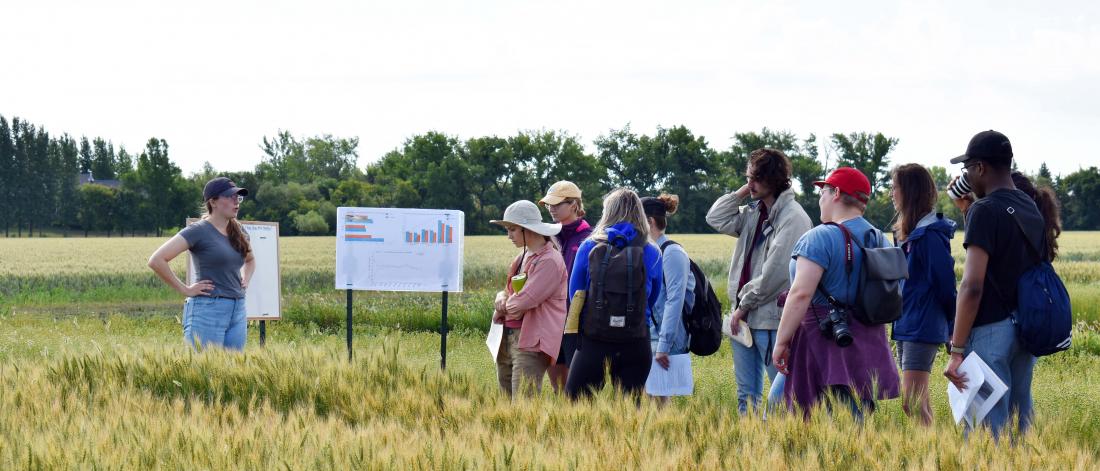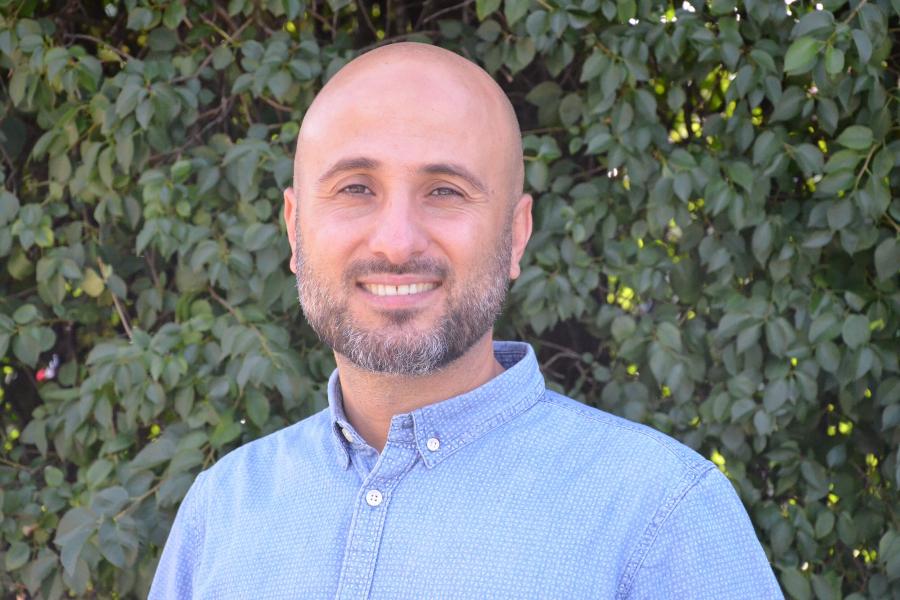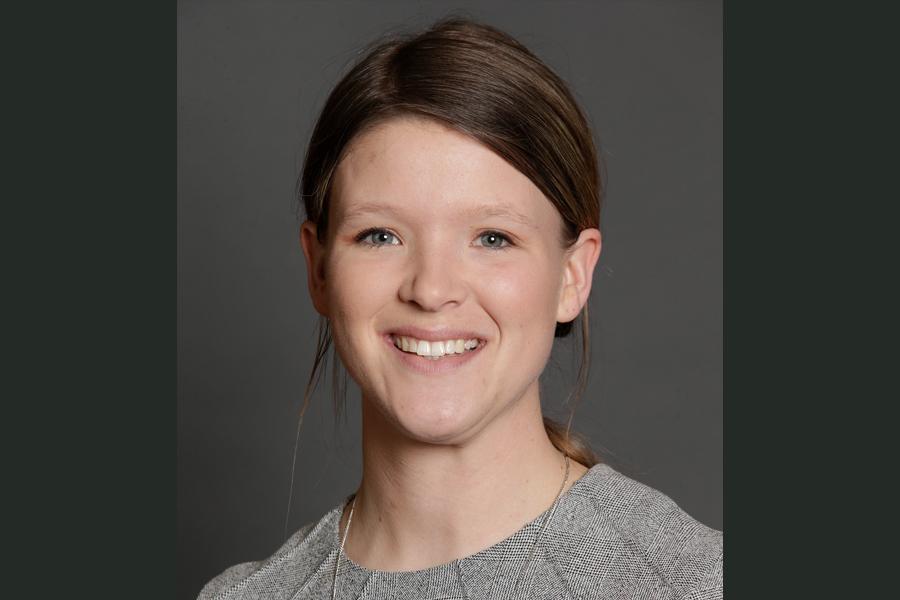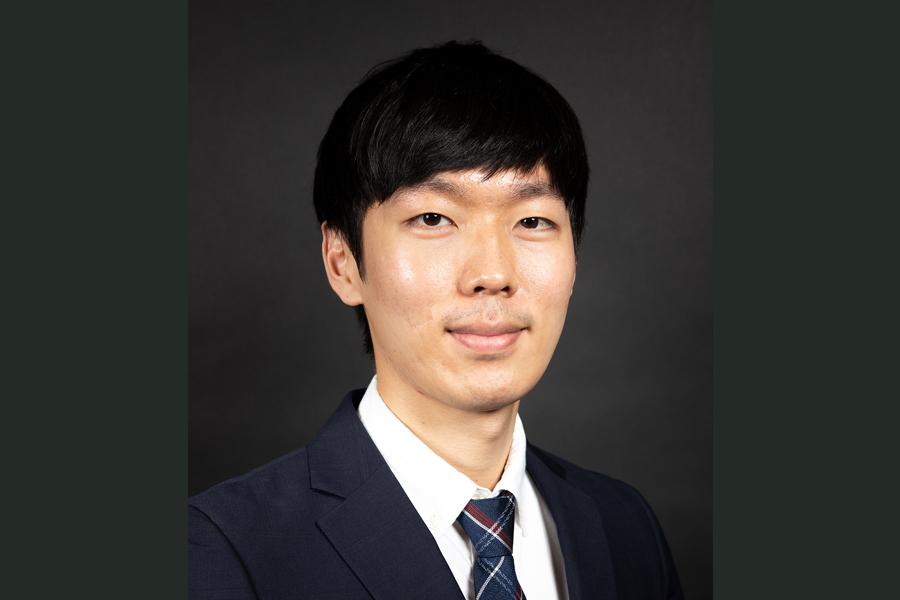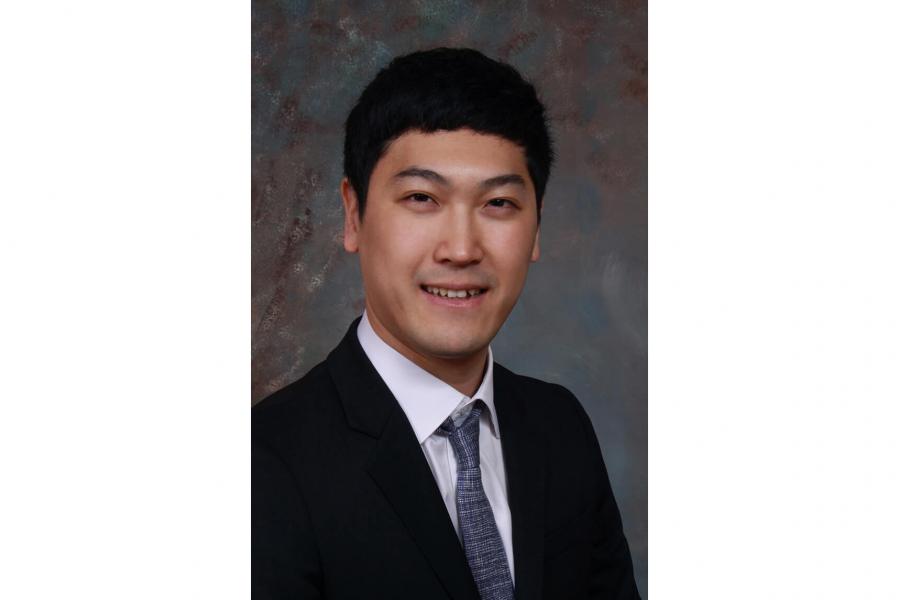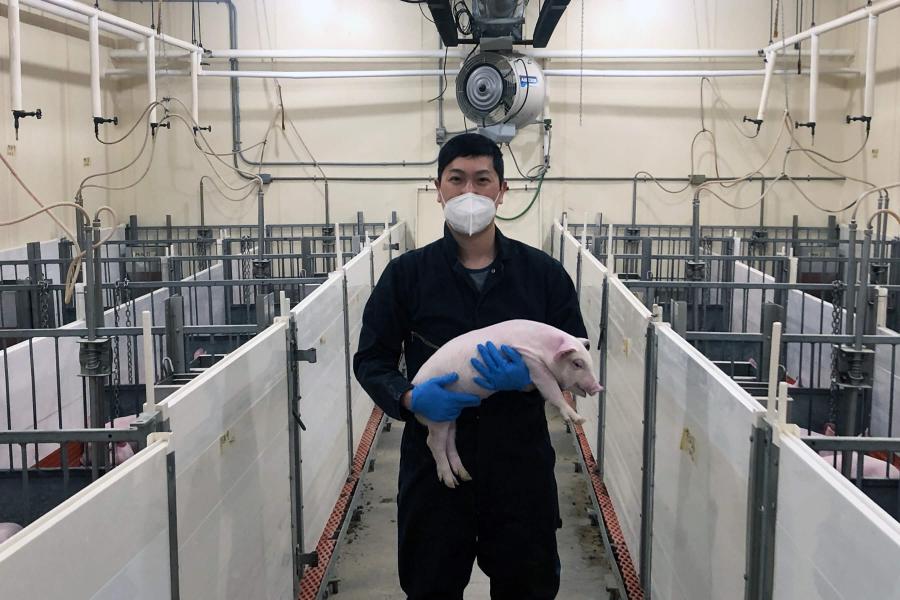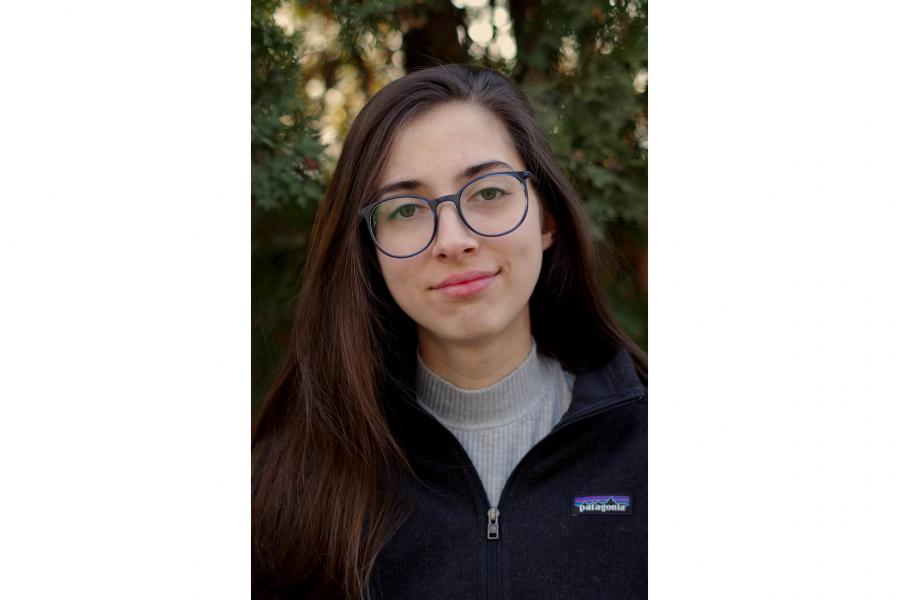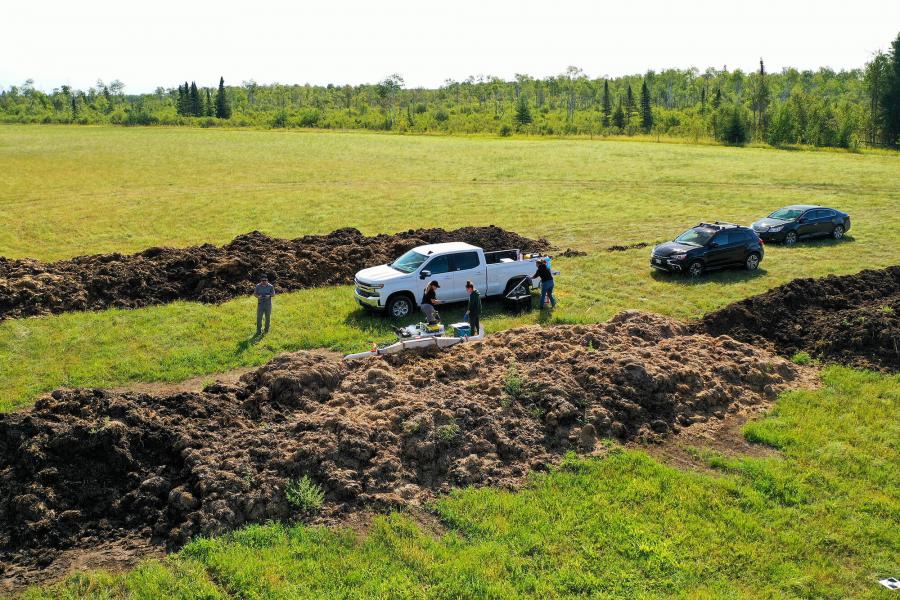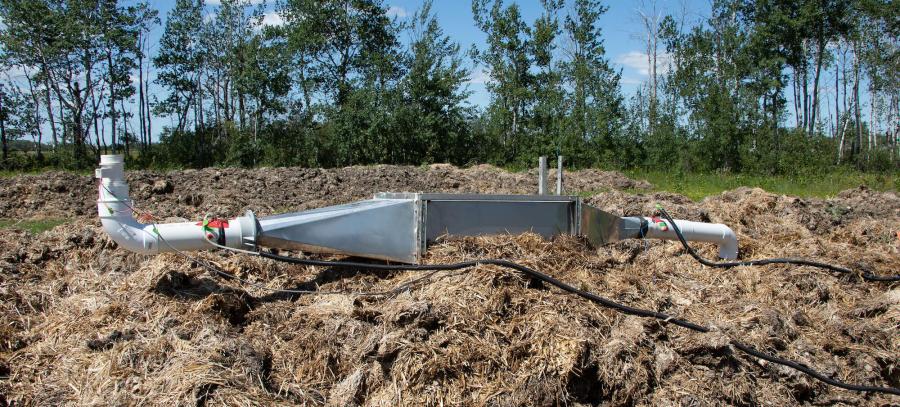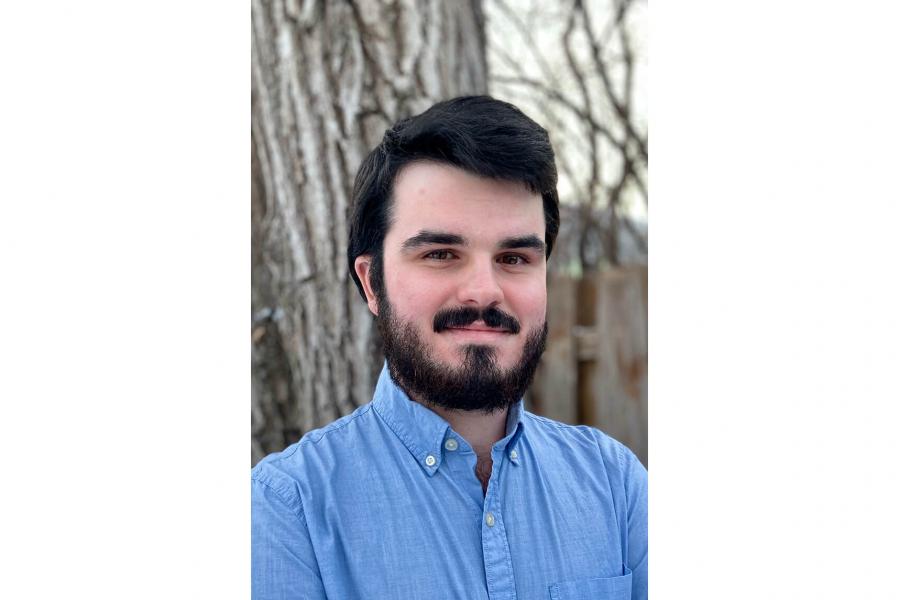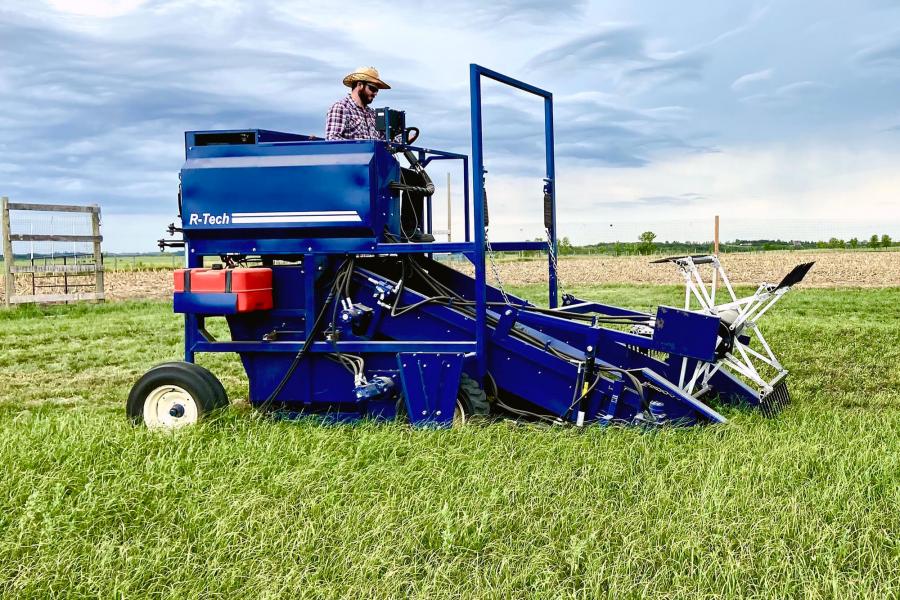It was while walking through a research plot, doing routine field checks, that Patrick Le Heiget caught a vivid, real-life glimpse of what the future of agriculture could be.
His plot was growing a novel type of grain that renews itself every spring, with no need for yearly seeding. Later in the season, this same field would do double-duty as a pasture, where cattle would be free to munch on the nutritious regrowth left behind after the grain was harvested for humans to eat.
As Le Heiget strolled through the field that day, a grouse suddenly took flight, revealing a nest of 18 eggs. Weeks later, those eggs would hatch into fuzzy grouse chicks amid the shelter of his growing crop.
"I was amazed at the biodiversity I was seeing," Le Heiget recalls. "To think that in this one field, you can have a crop to harvest, cattle grazing and diverse fauna, all interacting together. It’s so promising for the future!"
The field nurturing such a rich and complex ecosystem is part of a perennial grains research study conducted through the National Centre for Livestock and the Environment (NCLE). Led by plant scientist Doug Cattani and animal scientist Emma McGeough, the project provides a glimpse of how dual-purpose perennial grains can encourage more positive interactions between plants, animals, soils and wildlife. Le Heiget is working with the research team as he pursues his Master's degree in plant science under Cattani’s supervision.
The project is building on Cattani's work as head of the only perennial grains breeding program in the Prairies. He’s helped develop intermediate wheatgrass, originally grown as a forage crop, into a specialty grain crop that can be harvested once a year for human consumption – just like annual wheat, oats, barley and rye crops. In this way, these new perennial grains serve two purposes: they can produce marketable grain, and after harvest, cattle can graze the regrowth right into the winter.
"The idea is to give producers a way to grow grain and gain additional grazing acres in the fall," Le Heiget explains. "This system gives livestock producers more versatility to harvest grains and graze cattle on the same land, maximizing the economic value."
Because the plants grow in the field for several years, these novel grains offer many agronomic benefits, including continuous ground cover and an additional way to keep weeds and erosion at bay. They also improve soil health and drought resistance by sending complex root systems deep into the soil. As fields are left undisturbed without the need for tillage each year, wildlife gain more habitat where they can thrive.
Le Heiget's project is focused on the phenology of the plants – in other words, how development is affected by variations in weather, fertility timing and application rate, inclusion of legumes and other factors. The goal is to enrich the sector's knowledge of how farmers can get the best economic and ecological returns from perennial grains.
For someone like Le Heiget, with a passion for many aspects of agriculture, it’s an ideal way to work toward a Master's degree.
Originally, his goal was to be a veterinarian – an interest he developed while growing up on a farm near St. Claude, Manitoba. His family had a pregnant mare urine (PMU) business that later became a cow-calf operation.
Once his university studies began, Le Heiget was introduced to agronomic systems and found he was interested in the many other areas of agriculture. Agronomy was his major, but throughout his undergraduate degree, he took courses dealing with interactions between plants, soil, water, animals and the atmosphere. He decided to earn his undergraduate degree and then his Master's in Plant Science.
His choice opened the door to multi-faceted research like his current perennial grains project. He welcomes the opportunity to work with different disciplines as they develop more holistic farm systems, and he’s also enjoying the ability to extend his network and meet like-minded people within the university and beyond. Among those opportunities is a Mitacs internship with Manitoba Beef Producers.
After graduation, Le Heiget is hoping to work within the industry – possibly in a research position overlapping with his wide interests.
He knows perennial grains research will play an important role in hatching those future opportunities – just as it did for the grouse chicks nesting in his research plot.

